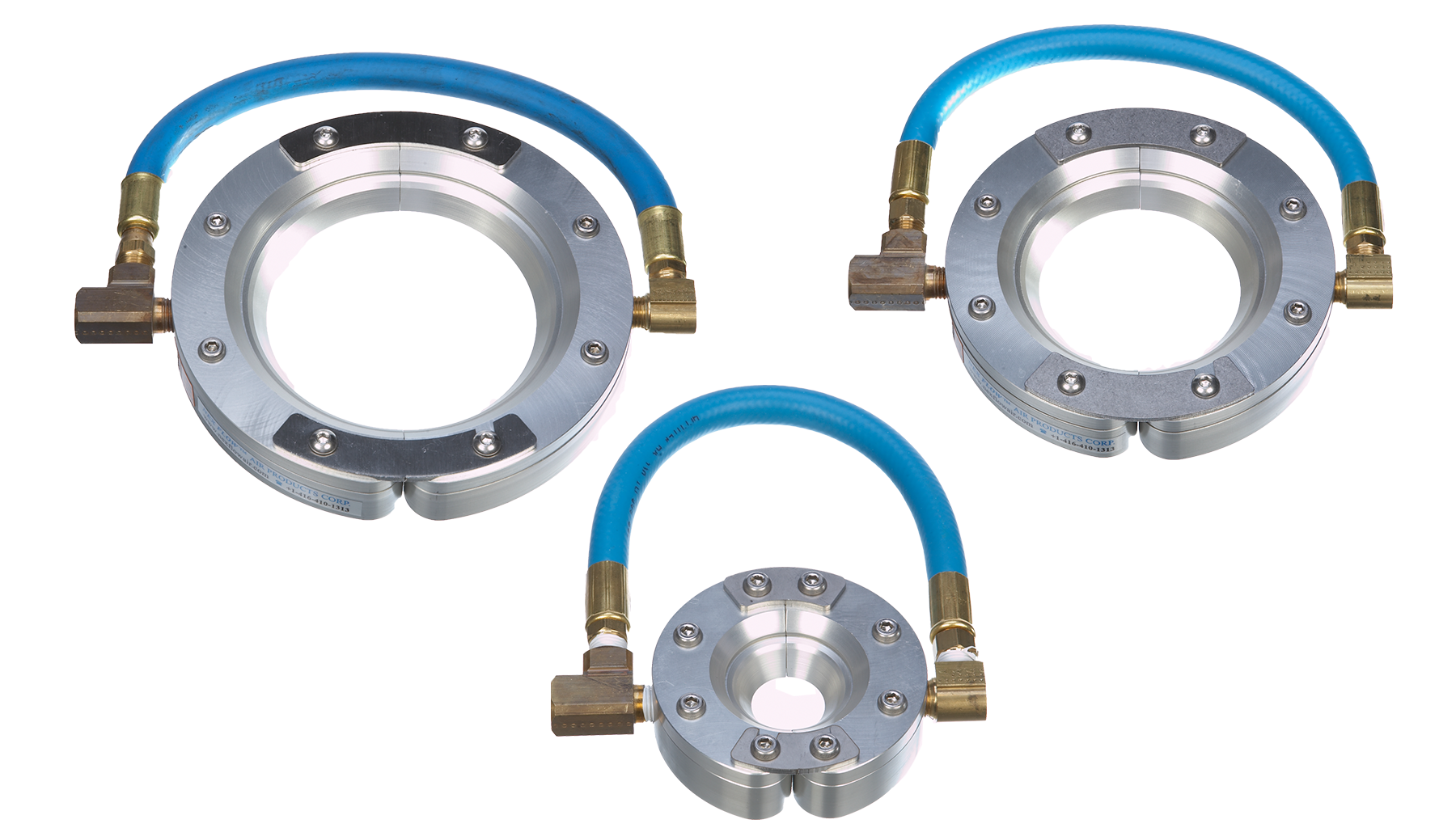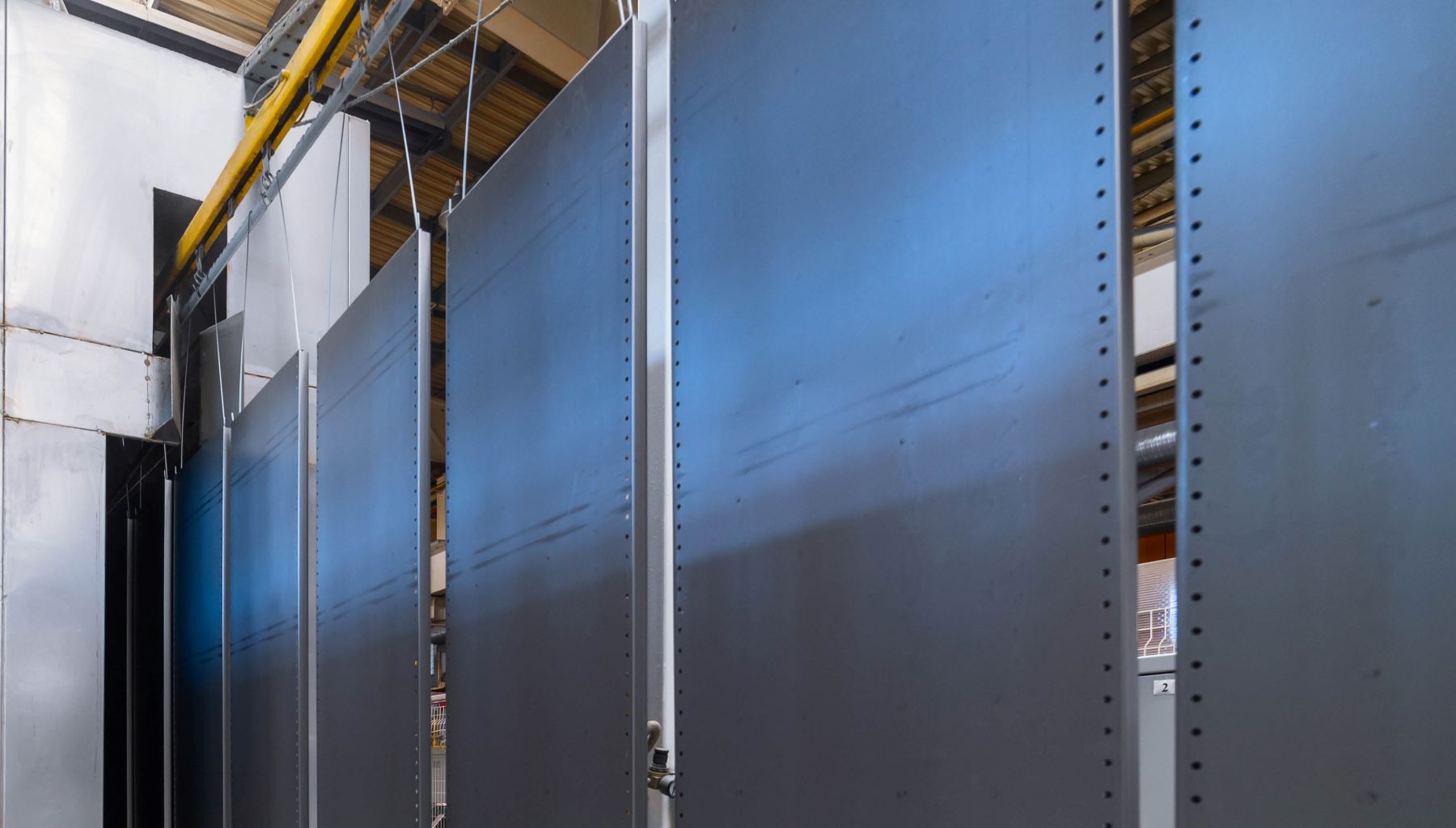The drying of products by using compressed air enhancement devices is achieved in two main ways. Firstly, the increased air flow will aid the natural evaporation of the fluid from the target. The rate of evaporation depends on the relative humidity of the air in contact with the surface being dried. If the contact air is very dry then it will more rapidly absorb water. As water evaporates the localised air around the product become saturated with water and so the evaporation process slows. If the air is replaced with new dry air continually then a constant high evaporation rate can be maintained. A further advantage of using compressed air is that it is often much drier than the ambient air in the factory so, unlike blowers, this generates a less humid air flow in many cases.
The second important mechanism of drying is direct water blow off. The impact of their current literally blows water droplets from the surface being dried rather than evaporating it. Of course, the evaporative drying effect is still amplified by these systems as well.




